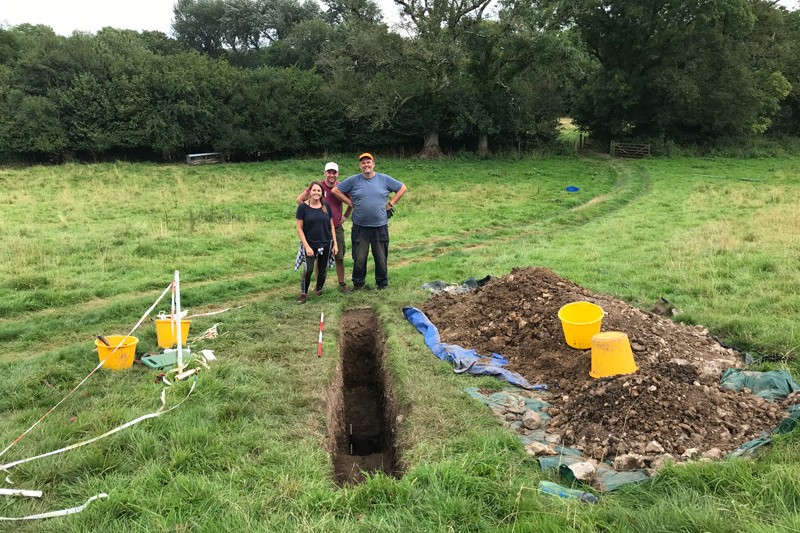Bournemouth University researchers have been supporting partners University Hospitals Dorset NHS Foundation Trust (UHD) in understanding the optimal layout of beds in wards for patients through qualitative research.
As a part of the partnership between the two organisations, researchers analysed 63 inpatient interviews on hospital ward layouts to understand the optimal bed layout for patient wellbeing. Interviews took place within three different wards at Royal Bournemouth Hospital.
The research looked at patient opinions on single-occupancy rooms vs multi-bedded wards to understand the advantages and disadvantages for patients and make evidence-based recommendations for future ward designs. The research took into account elements like noise levels, environment and social interaction.
The research found that a mixture of single-occupancy rooms and multi-bedded rooms, to the maximum of four beds, allowed for a mix of privacy and social interaction for patients. The report concluded that future hospital ward design should comprise a mix of multi-bedded bays, to the maximum of no more than four beds, complimented with a number of private rooms.
Professor Edwin van Teijlingen, who supervised the study at Bournemouth University, said, “We were pleased to be able to deliver this research project for our partners UHD and look forward to collaborating further on research in the future. This research project was important as we understood patient feedback to optimise the layout of hospitals for their benefit, allowing for privacy for patients who require it most, while still offering the really important social aspects of being in hospitals, which we know to be beneficial for patient wellbeing.”
The project was partly funded by BU’s ACORN Fund (Acceleration Of Research & Networking) for Early Career Researchers.
For more information about the partnership between Bournemouth University and University Hospitals Dorset, visit https://www.bournemouth.ac.uk/collaborate/university-hospitals-dorset



